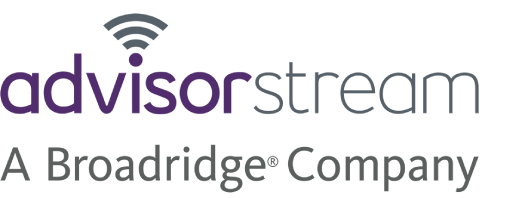4 Key Tips for Managing and Maximizing Content Online
June 8, 2016
In 1996, Bill Gates predicted that in the internet age, content would be king. Given the marginal costs and ease of self-publication, combined with the vast audience potential, he posited that content would drive revenue in the new economy. No company, he said, would be too small to participate.
This has largely been borne out — there is nary a business left that does not have a blog or a social media presence. The potential for customer engagement has never been higher or more lucrative. Businesses know that blogs, newsletters and other content driven marketing helps them engage and build trust with clients, solicit new ones and provide value-add services.
For professional services, newsletters and blogs can position you as an expert, keeping your clients informed and up-to-date with information that matters to them. It becomes part of your value service, showcases your expertise and can provide you with competitive advantage.

A recent Vanguard study on financial advisors found that a full 64% of clients acknowledge that in addition to paying for investment performance, they are also paying for assistance in defining and articulating their goals, developing a plan and monitoring of their plan and goals over time.
The study found that clients perceive value in terms of the scope of the advice they receive, the return on investment, and the role of their relationship with their advisors. Clients are paying for more than just investment returns — they value an ongoing and engaged relationship with their advisors. Unsurprisingly, clients who perceived a high value from their advisors were much more likely to allocate to them a greater share of their assets.
Simply put, client engagement pays — and there’s no easier way to regularly engage with clients than in a newsletter or blog, particularly during turbulent periods of uncertainty. But despite the marginal costs of self-publication, quality content creation itself is costly. Research and writing are expensive — in terms of both time and money. And despite the proliferation of content marketing, the rules around copyright are poorly understood and misconceptions abound.
Copyright Law in Practice
Have you ever copied an article into an email to send to a client? Maybe pulled together some links and slapped your letter head on it for a newsletter? Or reproduced an article on your firm’s blog in order to generate discussion about an important development? You may be guilty of copyright infringement.
And while enforcement has lagged, the tide is changing. Sooner than you can say “fair dealing”, you might find yourself on the receiving end of a formal letter from a copyright holder who is none too pleased that you’re piggybacking their hard work.

What is fair dealing? While many people think that fair dealing applies to any reproduction for commentary or discussion that doesn’t directly contribute to your revenue, this simply isn’t true. It isn’t so much the “how” of your reproduction, but rather the “why”. Fair dealing is meant to protect non-commercial use of copyrighted material. Commercial doesn’t mean “paid for” — it means that it is being used for a commercial purpose.
While plagiarism has been an on-again/off-again hot topic south of the border, with journalists occasionally finding themselves in hot-water over pilfered content, there are far fewer cases to point to in Canada. But the landscape is changing. A casual survey of lawyers for the large content aggregators — the major syndicated newspapers — found that lawyers for the major dailies were both keenly aware of copyright infringement as a growing issue, and that it is something they police regularly.
On a first offence, a copyright violator would be advised to license the content or remove it. Failure to do either would result in escalation. When asked if they distinguish between someone leveraging content — say, by reproducing part of an article in order to drive engagement with an issue or awareness of a particular product or service — and outright copying, the answer is simply “no”. All copyright violations, when found, receive a cease and desist notice.
And while it might seem harmless, copyright violations can harm your reputation, and your business. You may be required to pay compensation to the copyright holder, remove the copyrighted material, and any proceeding in which you are named would be publicly searchable, online, forever. Try explaining that to your clients.

So how can you engage your clients, provide value, and stay on the right side of the law?
4 Tips to Manage your Content
- Always be honest about your purposes. Just because you aren’t charging money doesn’t mean your purpose isn’t commercial. A casual email to clients with links to news about stock trends is really a marketing brochure. So is a blog about the latest developments in oil and gas. Be honest with yourself about what it is your doing, and recognize that copyright infringement is stealing.
- Ask permission. Many content providers are more than happy to share, if appropriately recognized or compensated. This is especially true if this results in more website visits (and impressions on their revenue-generating ads). If you see an article you like, and want to share it with clients, ask.
- Discuss the news, don’t copy it. It might sound old fashioned, but if you want content, write it! Clients will value your insight and perspective. Set aside an hour a week to identify issues in the news that will affect your clients and offer them your perspective. Tell them why the issue matters to them. Make it succinct. In an age saturated with content your clients will appreciate your brevity.
- If you don’t have time to write your own content, buy it! News aggregators and content managers services abound. For a fee, you can access and reproduce premium content in order to engage your clients. Some aggregators will let you re-brand their content; making a content service a cost-effective tool for newsletters and blogs. Think of a news aggregator as having your own personal marketing department.
References:
Vanguard, "Measuring client perceptions of adviser value"
